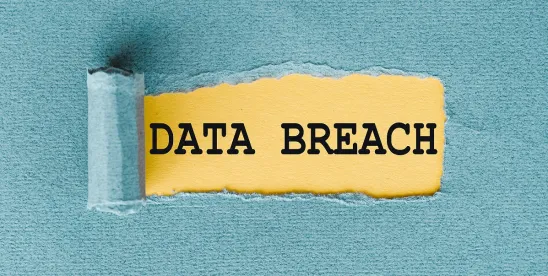While most state data breach notification statutes contain similar components, there are important differences, meaning a one-size-fits-all approach to notification will not suffice. What’s more, as data breaches continue to rise, states are responding with increasingly frequent and divergent changes to their statutes, creating challenges for compliance. Organizations must make it a priority to monitor these changes to prepare for and respond to data breaches.
For a summary of basic state notification requirements that apply to entities who “own” data, download Foley’s State Data Breach Notification Laws Chart. This chart is current as of July 9, 2024, and should be used for informational purposes only because the recommended actions an entity should take if it experiences a security event, incident, or breach vary depending on the specific facts and circumstances.
This chart does not cover non-owners of data. If you do not own the data at issue, consult the applicable laws and contact legal counsel. This chart also does not cover:
- Exceptions based on compliance with other laws, such as the Health Insurance Portability and Accountability Act (HIPAA) or Gramm-Leach-Bliley Act (GLBA).
- Exceptions regarding good faith acquisition of personally identifiable information (PII) by an employee or agent of an entity for a legitimate purpose of the entity, provided there is no further unauthorized use or disclosure of the PII.
- Exceptions regarding what constitutes PII, such as public, encrypted, redacted, unreadable, or unusable data. The chart indicates whether a safe harbor may be available for data that is considered public, encrypted, redacted, unreadable, or unusable, but the specific guidance will vary based on the circumstances. For example, some states have a safe harbor only for data that is encrypted, whereas other states may have a safe harbor for data that is encrypted or public.
- The manner in which an entity provides actual or substitute notification (e.g., via email, U.S. Mail, etc.).
- Requirements for the content of the notice.
- Any guidance materials issued by federal and state agencies.
- A comprehensive assessment of all laws applicable to breaches of information other than PII.






 />i
/>i

